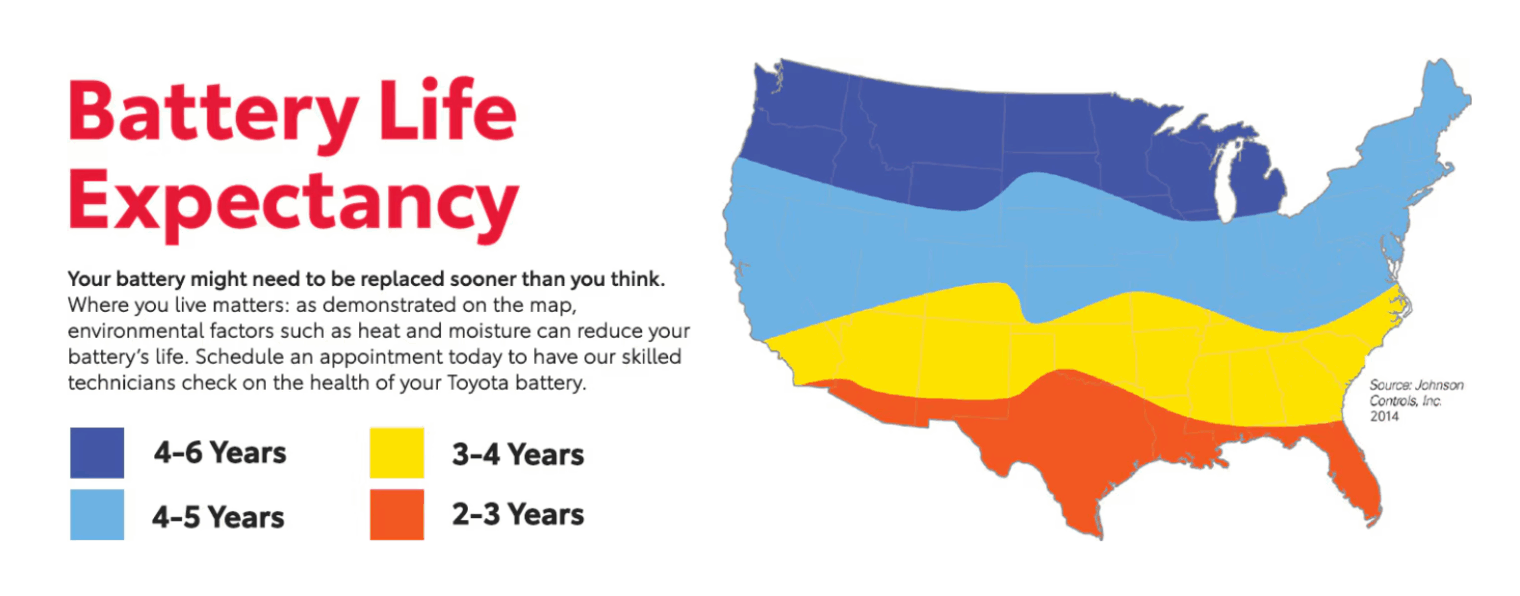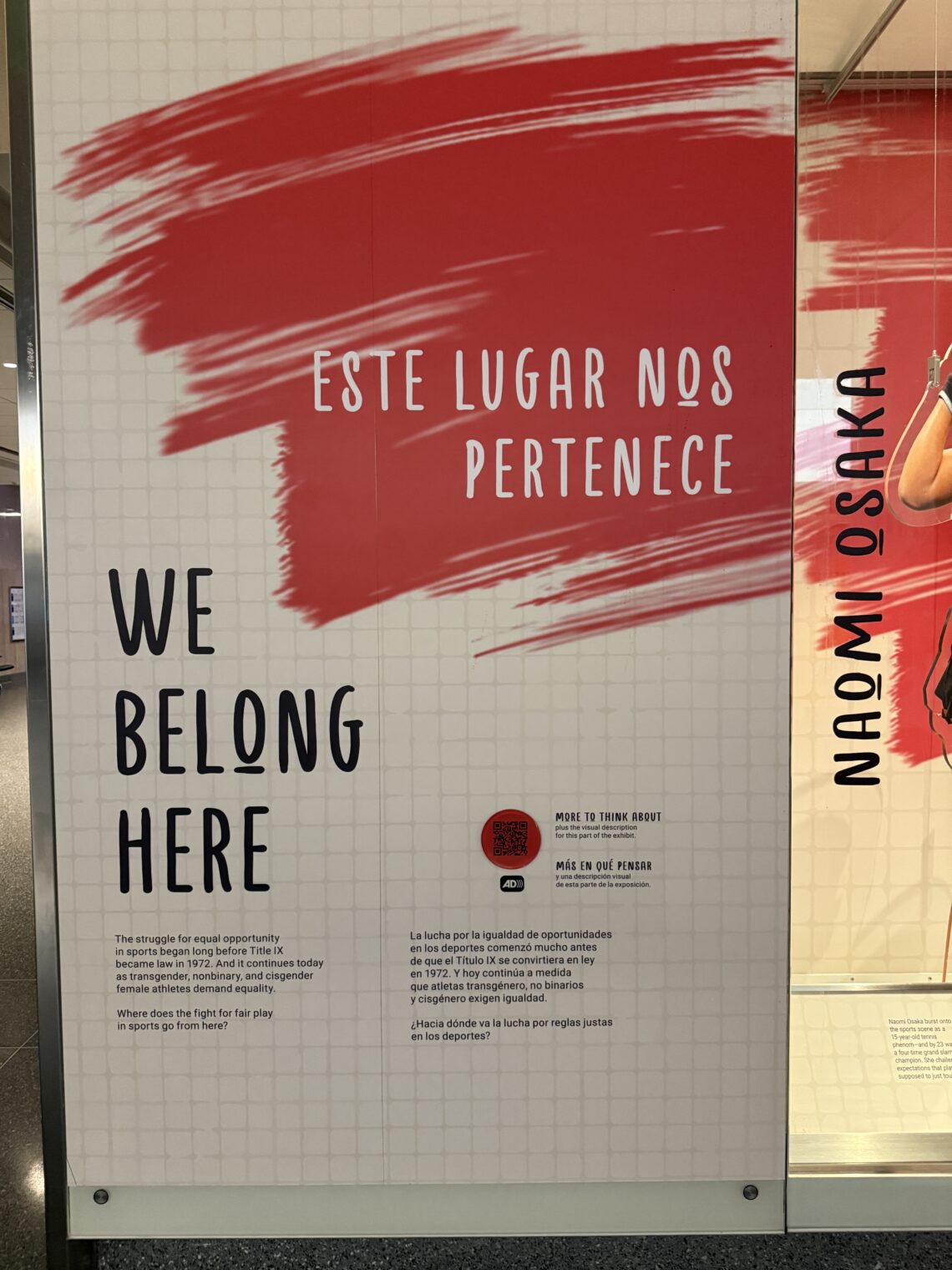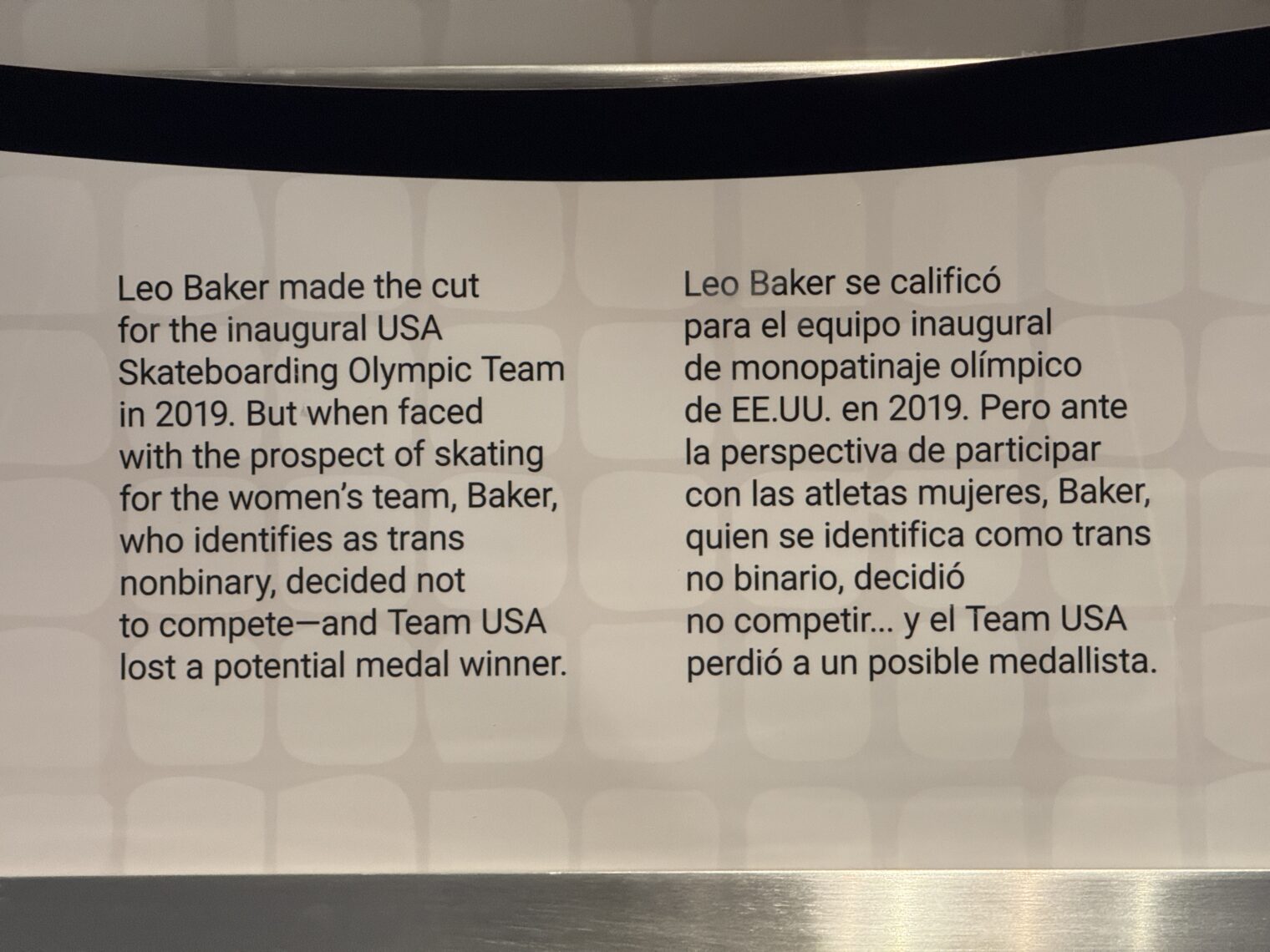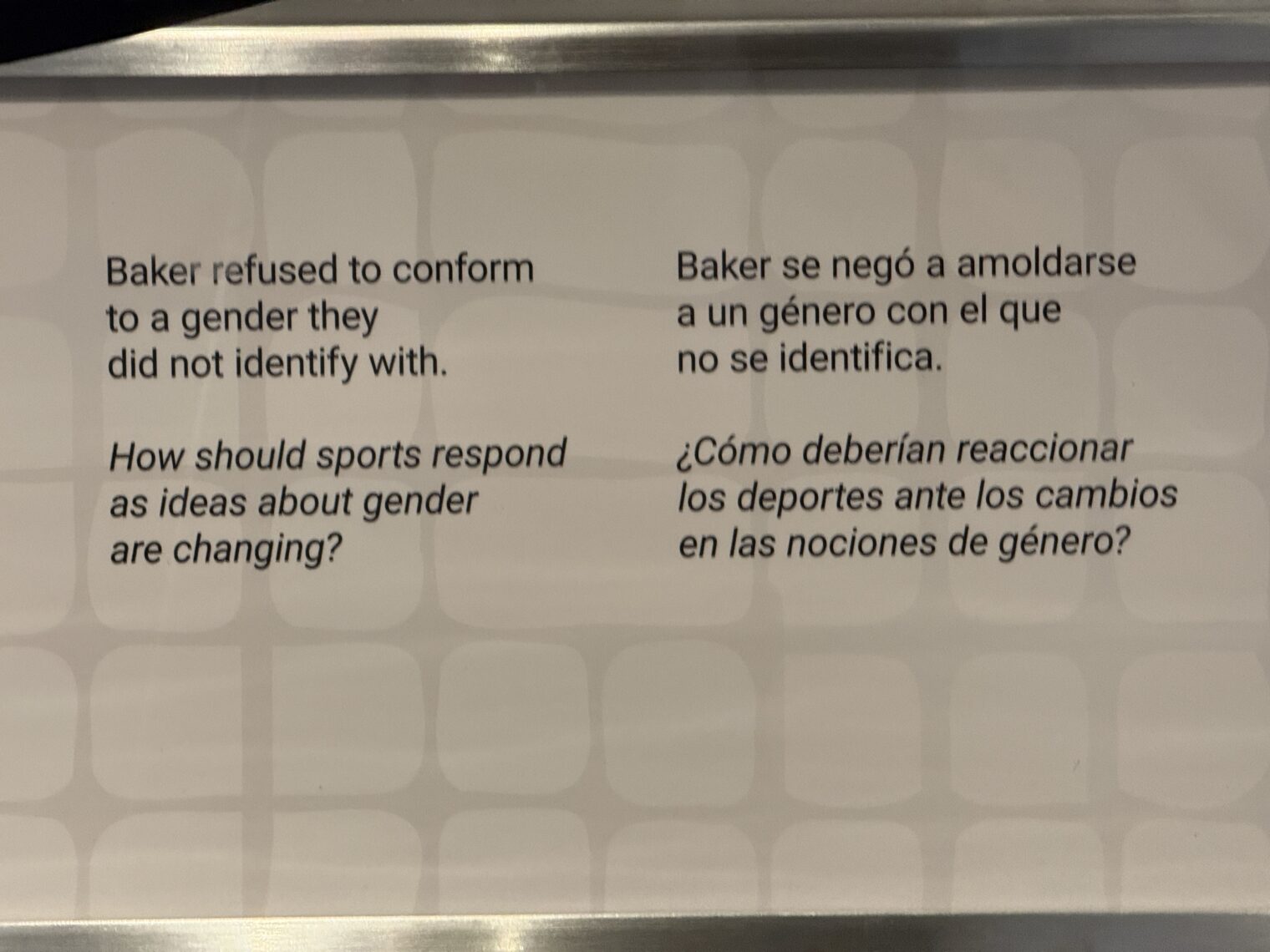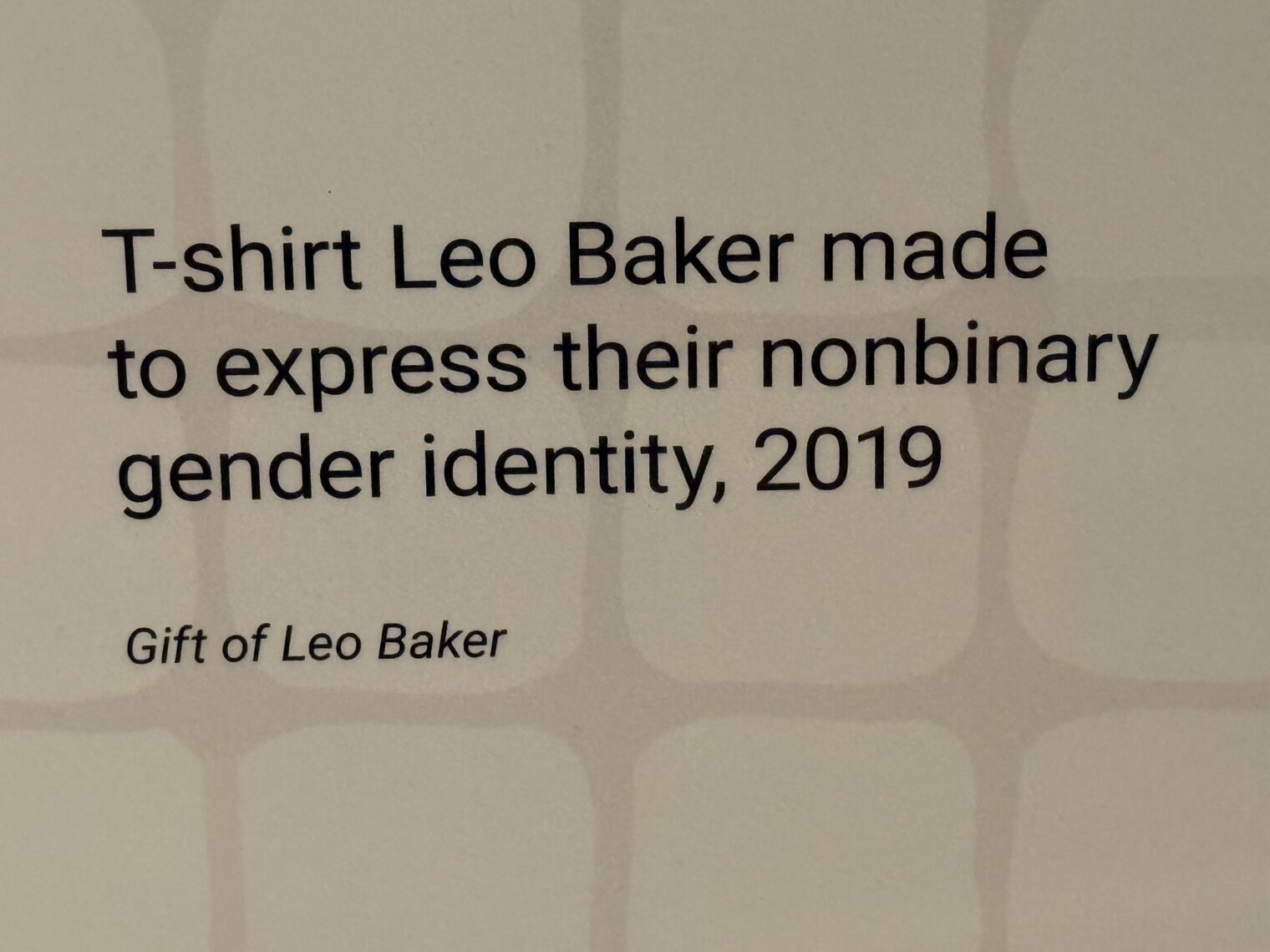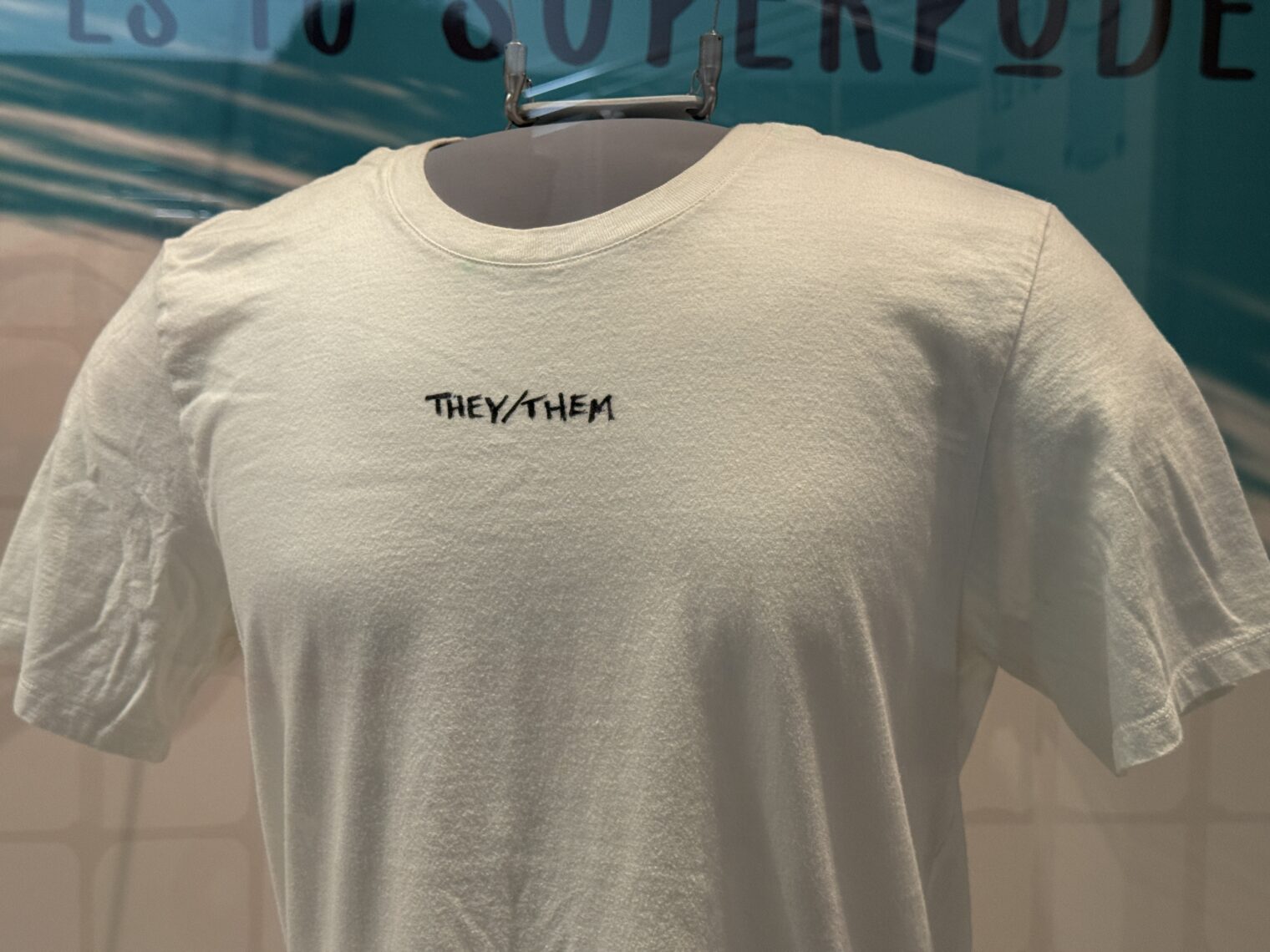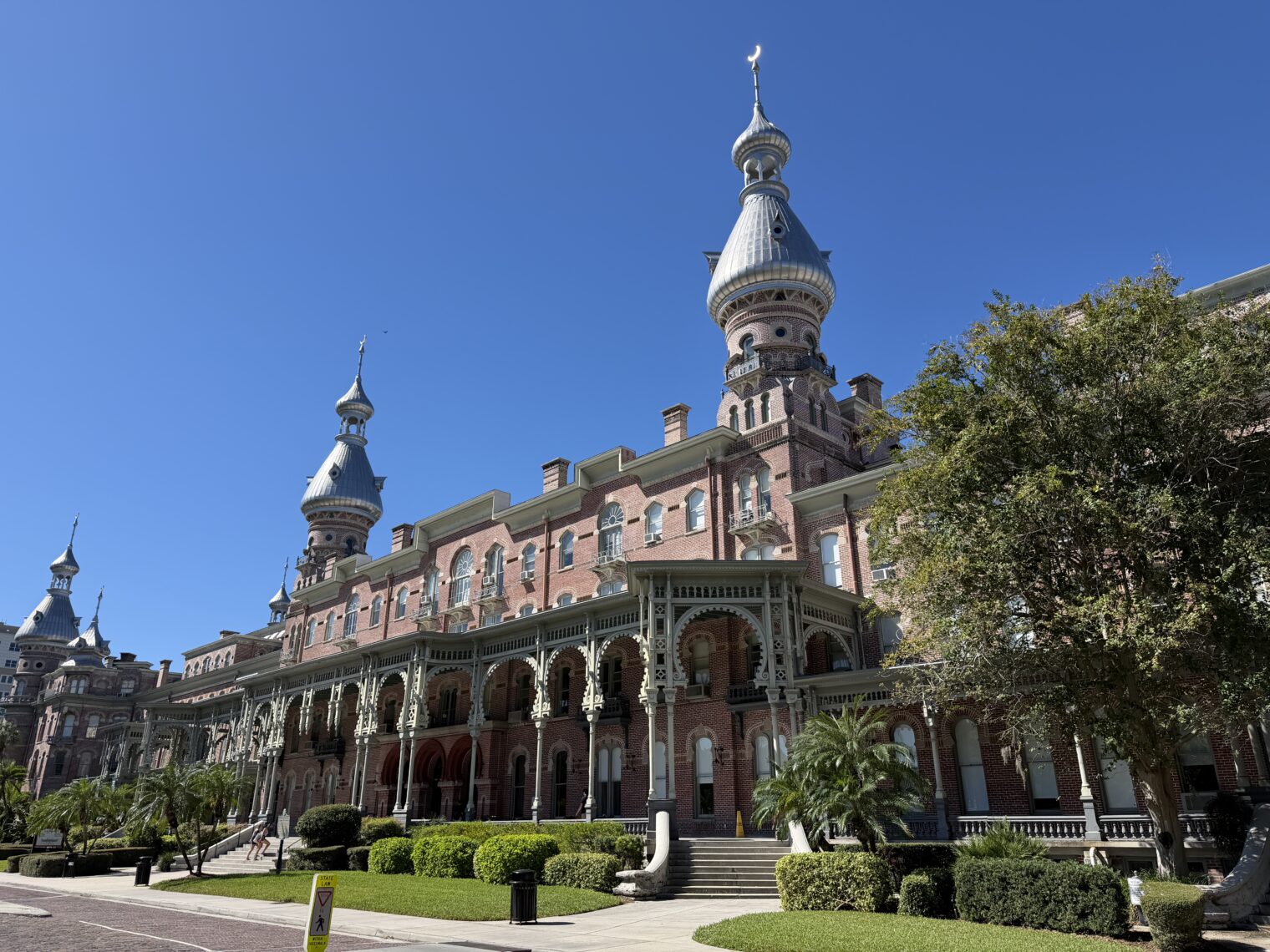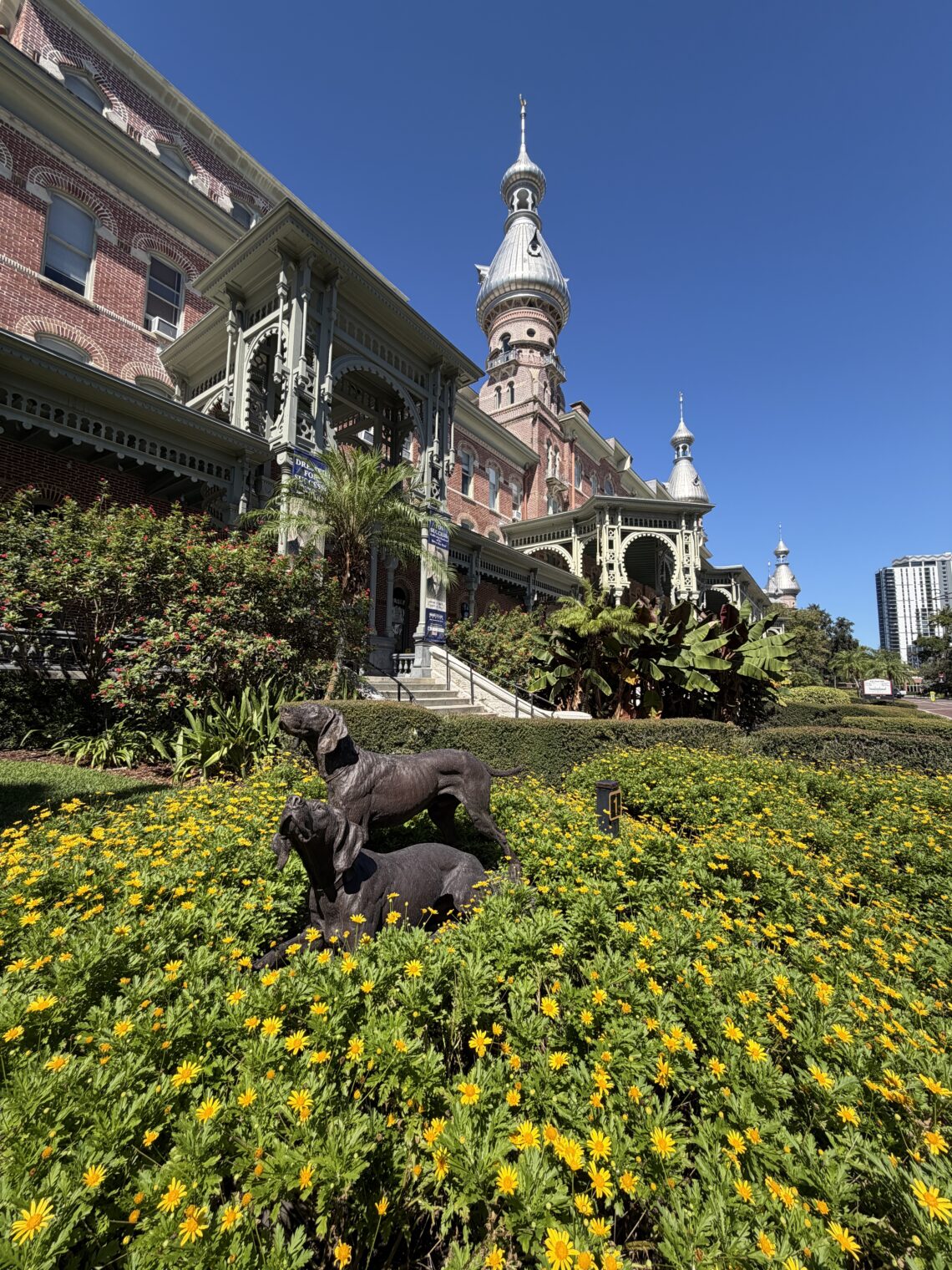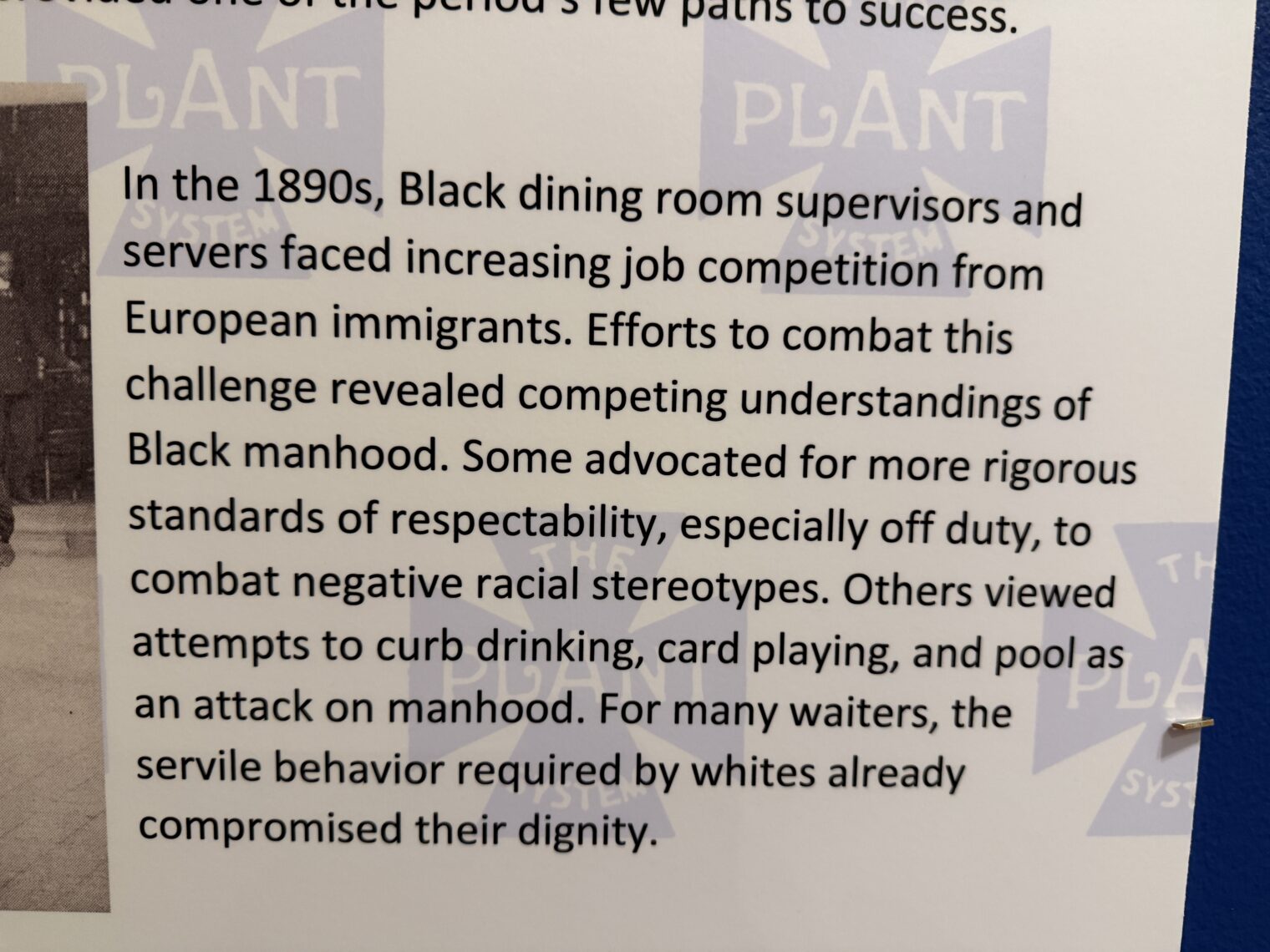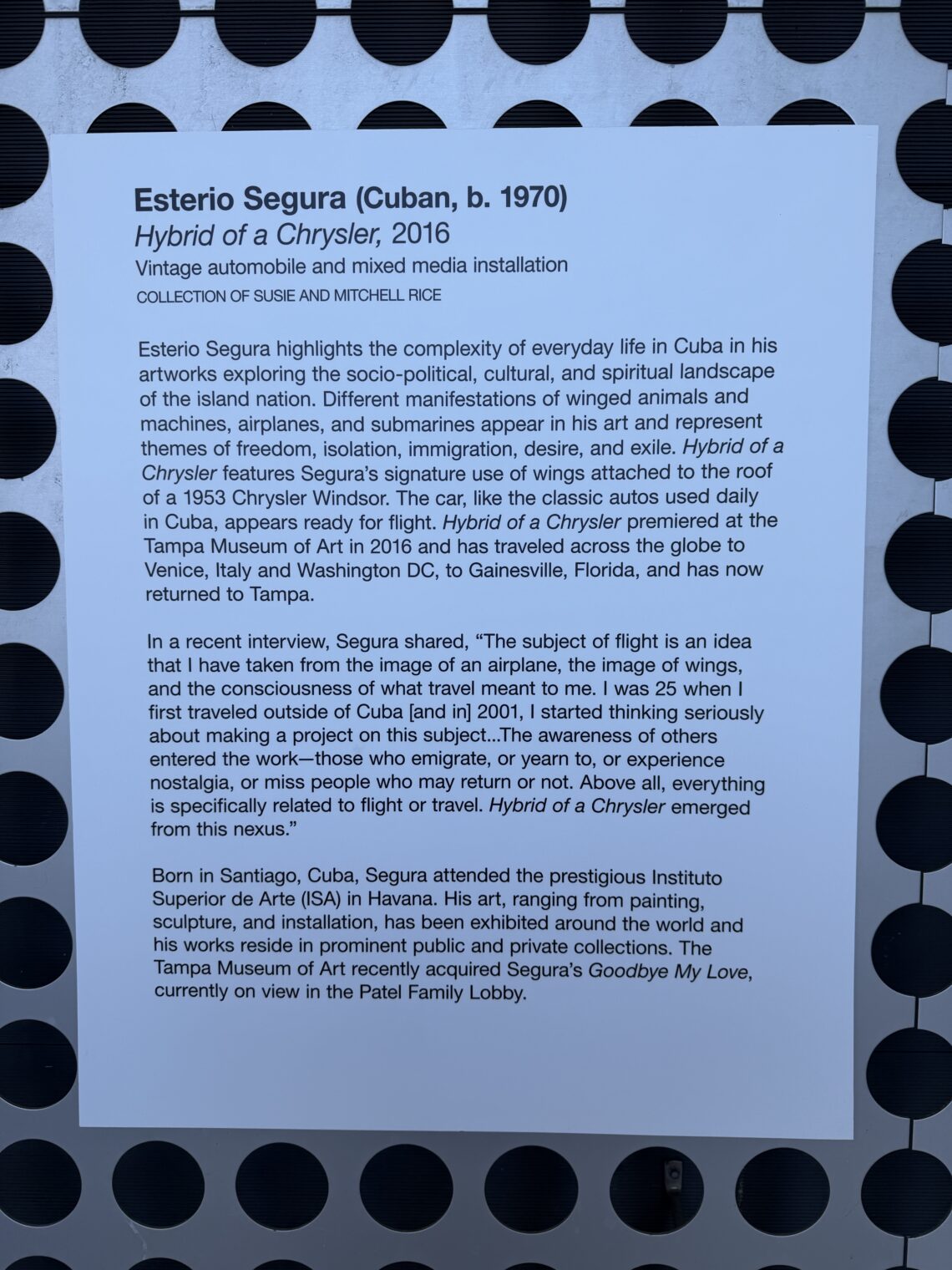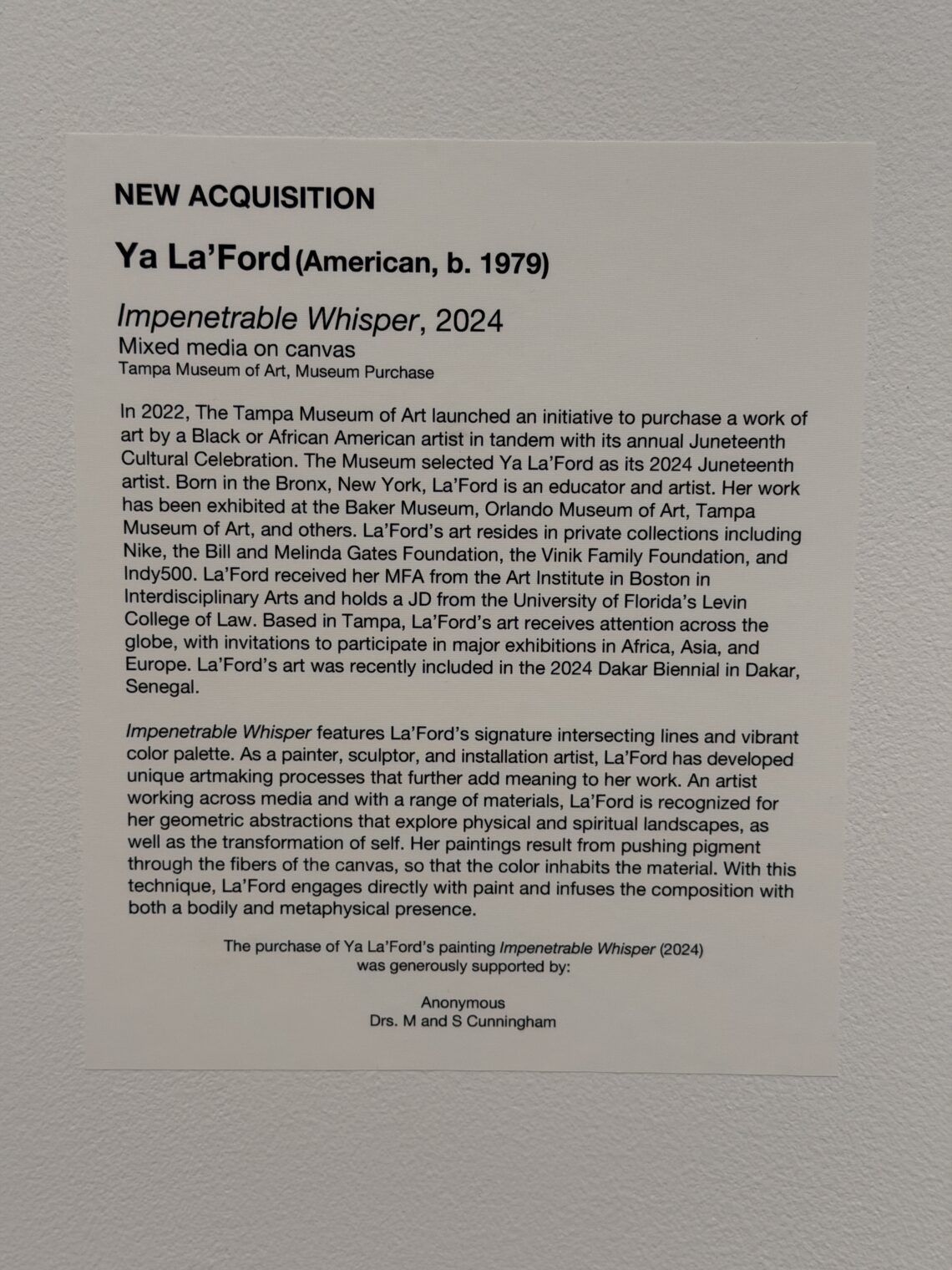Honda Odyssey calls in an airstrike on its own AGM battery
Our 2021 Honda Odyssey’s factory battery, a fancy absorbent glass mat device, failed after three years. A friend’s 2023 Honda Odyssey factory battery, also presumably an AGM model, failed after 1.5 years. His car couldn’t be trickle-charged or jumped from another car and ended up being towed to the dealer. Our 2021 Honda Odyssey recently had a no-warning “won’t start” failure of the 1.5-year-old Duracell-brand AGM battery that has a 4-year warranty. Measured via Fluke 17B+ multimeter, the voltage on the battery was mostly around 11-11.3 volts, but confusingly would sometimes spike over 30 volts, even with the car turned completely off. I trickle-charged for about three hours and it came up to 12.3 volts, thus enabling me to drive to the local Batteries Plus (closer than the Honda dealer).
The battery store used a portable tester and a portable load tester and both said “this is a good battery that just needs some love, understanding, and charging.” I responded that the battery might be good at everything, but it wouldn’t start the car so I would pay for a replacement regardless of warranty coverage. They took the battery back into the shop and it wouldn’t take a trickle charge so they gave me a new one for free ($20 tip to the guy who turned the wrench on the car, though, with my formerly ironic “this will pay for half of your next Starbucks”).
I think that the culprit for these sudden deaths might be the auto stop/start feature that supposedly reduces emissions even as it kills starter motors and batteries. This feature can be disabled on a per-drive basis, but not persistently. The Florida heat is tough on batteries, but AGM batteries are supposed to withstand the heat better than older designs, at least according to our AI overlords (and Consumer Reports!).
Honda doesn’t seem to have prepared for this, e.g., with a voltage check on shutdown or before startup. The warning light system is limited to flagging charging failures, i.e., low voltage after the car is started. Nor did they make it easy to get the battery out/in (some plastic trim, some intake manifold piping, etc. has to be removed and then it is a very tight fit to get the battery out/in from its case).
This isn’t a huge financial issue (see below), but it is strange to me that Honda has put so much effort into making the rest of the car bulletproof only to leave the machine vulnerable to sudden catastrophic failure. In theory, a person who had a full set of tools and a YouTube video on how to remove the battery could take it out, lug it to a battery store, and get a replacement, but that would require a second vehicle in addition to a strong back.
Maybe the answer is that Honda was boxed in once they chose to do the stop/start feature. Our AI Overlord says that stop/start requires AGM and that AGM tends to fail without warning. Some excerpts:
The starter motor engages dozens or hundreds of times per day, not just a few times. While the engine is off, the battery powers everything: lights, climate control, infotainment, sensors, steering assist, and ECUs. So the 12 V battery is no longer doing one big job (starting once per trip) — it’s cycling constantly, partially discharging and recharging every few minutes. Traditional flooded lead-acid batteries [aren’t good for] Frequent, deep partial discharges; Thousands of charge/discharge cycles; Sustained accessory loads while the alternator is off. In a stop/start car, a normal flooded battery would: Sulfate rapidly (lead sulfate crystals harden after many partial cycles); Lose cranking power within months; Often fail prematurely (sometimes in under a year).
AGM (Absorbent Glass Mat) batteries often fail with less warning than traditional flooded lead-acid batteries, … Flooded batteries usually decline gradually … AGMs, on the other hand, tend to hold voltage well until near the end, then fail abruptly. … The glass mat holds electrolyte in close contact with the plates — this minimizes self-discharge and maintains performance, but when a plate or cell fails (sulfation, corrosion, or separator drying), the failure propagates quickly. … AGM chemistry maintains surface charge voltage even with reduced true capacity. So a casual voltmeter check can look fine (e.g., 12.6 V) while actual cranking capacity is collapsing. … AGM: Maintains very low resistance and high voltage until one cell’s electrolyte dries or a separator fails; That causes a sudden collapse in available current; You may have zero warning—fine one day, stone-dead the next.
Here’s a page from a Toyota dealer in Orlando giving the expected battery life as short as 2-3 years for a Florida car:
The cited source is Johnson Controls, which seems strange given that Johnson Controls doesn’t make batteries, but it turns out that they did make automotive batteries until 2019. Their former division is now private-equity-owned Clarios. American consumers get Clarios batteries as Optima and DieHard. Our failed Duracell was made by East Penn, I think. They really should cut the warranty period for Floridians!
Is this a situation where it would make sense to boldly go into the lithium-ion battery frontier? Lithium batteries supposedly last much longer. The Duracell AGM has 70 Ah of capacity, but maybe this much isn’t needed in never-freezing Florida. A 40 Ah Lithium battery costs $950 and has a secret reserve that can be tapped if someone sits with the car on and music blasting for an hour. It weighs just 14.5 lbs. so that should improve the Honda’s 0-60 time. $950 seems a bit steep for 0.5 kWh of stored energy. Extrapolated to the cheapest Tesla 3’s 57.5 kWh battery, that would be $110,000 just for the battery, which we know can’t be right since the entire Tesla 3 costs less than $40,000. Lithium batteries don’t do great in the cold, but there should be a good market in the sunbelt. Clarios says it has made 1 million 12V lithium batteries for cars, but maybe they are sold only to car manufacturers. Google AI says that approximately 400 million lead-acid 12V car batteries are made… each year.
Here we are in the 40th year of the lithium-ion battery (developed by three trailblazing female scientists who shared a Nobel in 2019) and still we can’t reasonably get one for an application that makes perfect sense!
Separately, maybe Honda should move the battery away from the engine. AGM batteries, supposedly, can sit right in the passenger compartment, e.g., under a seat. Perhaps that would help, though of course the greenhouse interior gets hot too. (BMW puts the battery in the trunk, I think, to keep it away from engine heat.)
Finally, maybe AGM should be renamed “GGTTC”: God’s Gift To Towing Companies. I’m convinced that today’s cars with automatic stop/start are more likely to need the services of a tow truck than, say, a car made in 2015 that had a standard flooded acid battery.
Related:
- Why don’t cars monitor 12V battery condition and suggest replacement before failure to start? (failure of a rented almost-new Mercedes)

